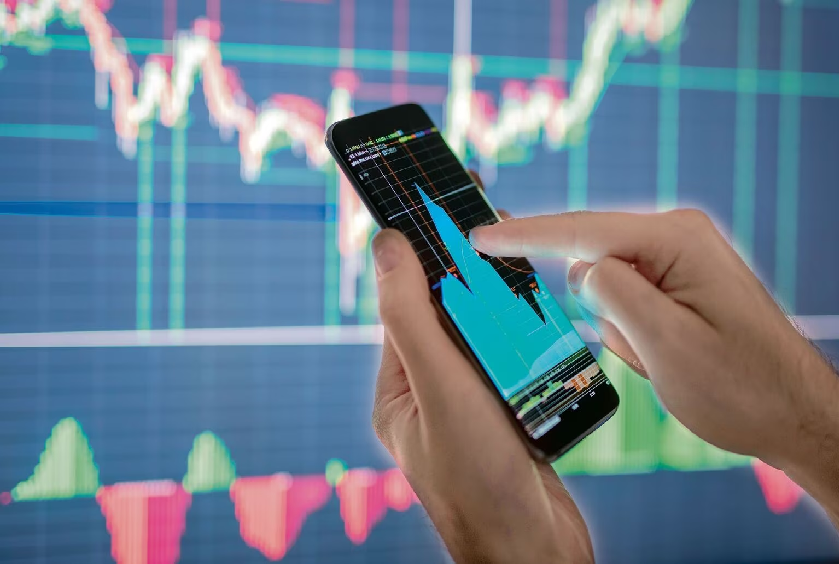Maximising potential gains in the Singapore futures market: Unique techniques for traders
The Singapore futures market offers many opportunities for traders to capitalise on price movements across various asset classes. While many traders employ common strategies, maximising gains often requires utilising unique techniques that provide a competitive edge.

This article will explore four techniques to help traders maximise their potential returns in the Singapore futures market.
Spread trading: Exploiting price discrepancies
Spread trading involves offsetting positions in two related futures contracts to take advantageof price discrepancies. This technique is based on the assumption that the prices of correlated assets tend to move in sync over time, but temporary divergences create trading opportunities.
Different types of spread trades exist, such as inter-market and intra-market spreads. Inter-market spreads involve trading related assets across different markets, such as the price difference between a commodity futures contract in Singapore and a similar contract in another global market. Intra-market spreads, however, focus on price differentials within the same market, such as the price difference between two contract months of the same futures contract.
Spread trading allows traders to reduce their exposure to overall market movements, as the strategy’s success depends on the relative performance of the two assets involved in the spread. By carefully analysing price differentials, monitoring market conditions, and managing risk effectively, traders can leverage spread trading to maximise their gains in the Singapore futures market.
Seasonal trading: Capitalising on repetitive market patterns
Seasonal trading involves identifying recurring patterns or tendencies in the price movements of specific futures contracts based on seasonal factors. These factors could be related to weather patterns, agricultural cycles, or specific economic events that affect demand and supply.
Traders studying seasonal trading study historical data and seasonal patterns to predict future price movements and position themselves accordingly. For example, a trader may notice that the demand for natural gas tends to increase during the winter season due to heating needs, leading to a potential price increase. By buying natural gas futures contracts before the anticipated seasonal price rise, traders can seek to maximise their gains.
When trading futures on the Saxo Bank traders must conduct thorough research and analysis to identify reliable seasonal patterns and factors driving market behaviour. Risk management and flexibility are also crucial, as not all seasonal patterns may repeat exactly year after year. By combining technical analysis, fundamental analysis, and seasonal factors, traders can enhance their chances of maximising gains through seasonal trading.
News trading: Reacting to market events
News trading involves capitalising on market volatility and price movements triggered by significant news events. Traders in news trading closely monitor economic indicators, company earnings reports, current developments, and other news that may impact the futures market.
To effectively execute news trading, traders must act quickly and make informed decisions based on the interpretation of news and its potential impact on the market. For example, if a positive economic report indicates strong economic growth, traders may anticipate a rise in stock index futures prices. By taking a long position before the news announcement or reacting promptly to the news release, traders can aim to maximise their gains.
It’s important to note that news trading can be inherently risky, as market reactions to news events can be unpredictable. Traders should have a solid understanding of the market dynamics, closely follow news sources, and use appropriate risk management strategies to protect against potential losses.
Algorithmic trading: Leveraging automation and quantitative models
Algorithmic trading, or algo trading or automated trading, involves using computer algorithms and quantitative models to execute trades. This technique utilises pre-programmed instructions that analyse market data, identify trading opportunities, and execute trades with minimal human intervention.
Algo trading offers several advantages for traders, including speed, accuracy, and the ability to execute trades based on predefined rules and parameters. Traders can develop and backtest their algorithms using historical data to ensure their effectiveness before deploying them in live trading.
In the Singapore futures market, algorithmic trading can be particularly beneficial due to its high liquidity and fast-paced nature. Traders can leverage algorithms to capture small price differentials, exploit market inefficiencies, and execute trades at optimal times.
All in all
Maximising gains in the Singapore futures market requires skill, knowledge, and unique trading techniques. By exploring spread, seasonal, news, and algorithmic trading, traders can enhance their potential for returns and stay ahead in the dynamic and competitive futures market.
However, it’s important to remember that no trading strategy guarantees success, and traders must constantly assess risk and adapt their approaches to changing market conditions.
